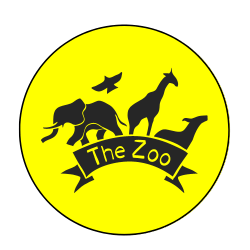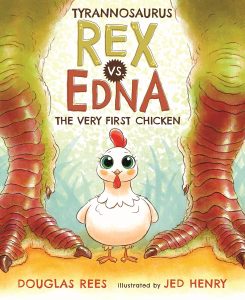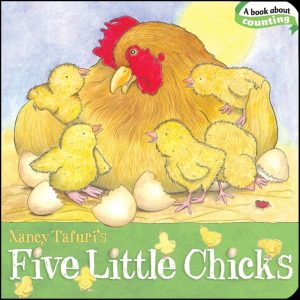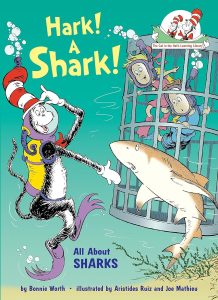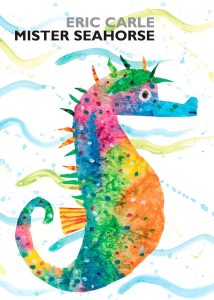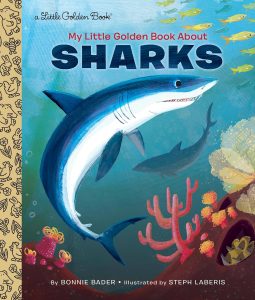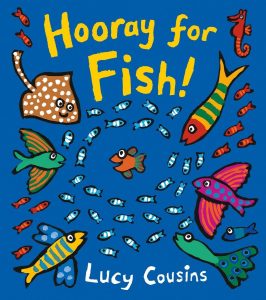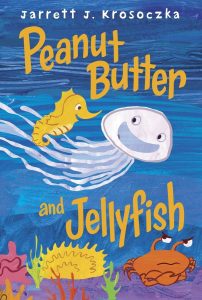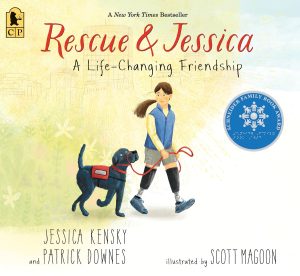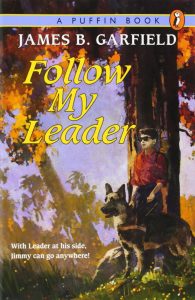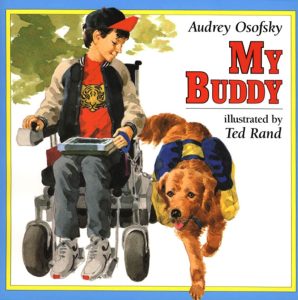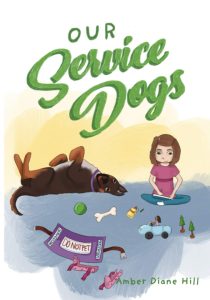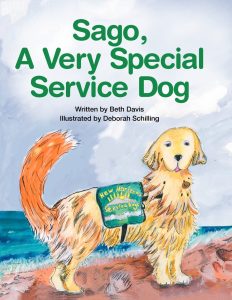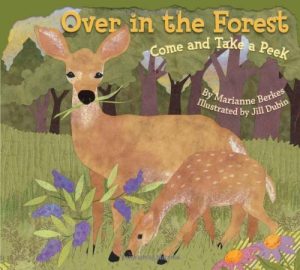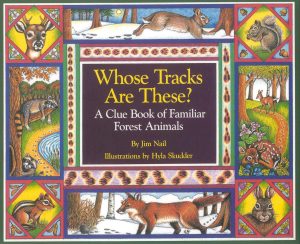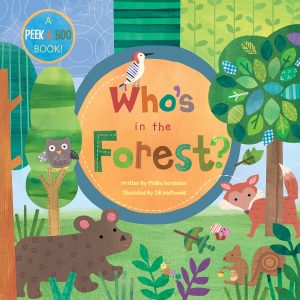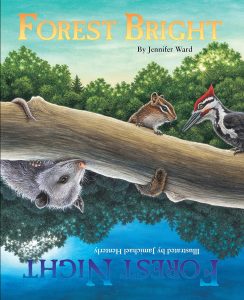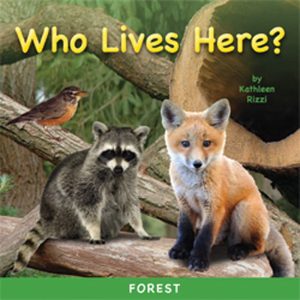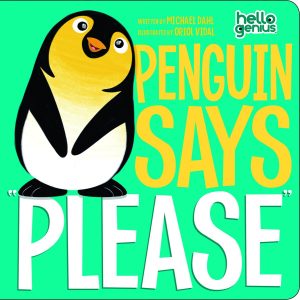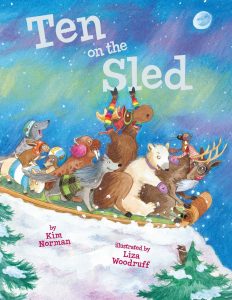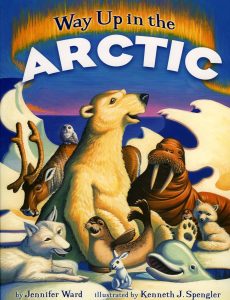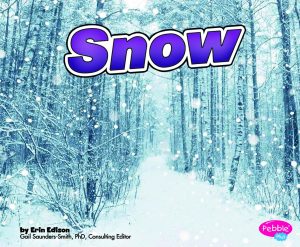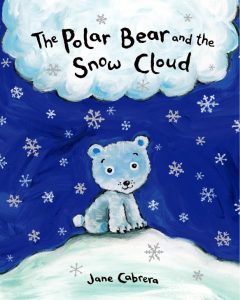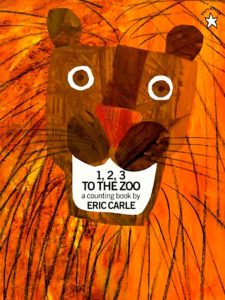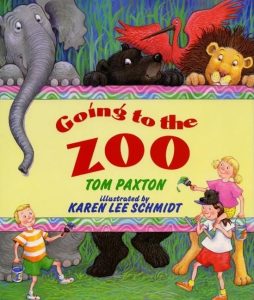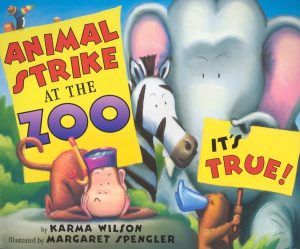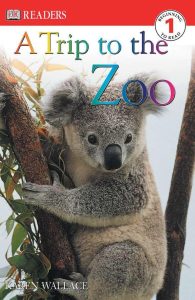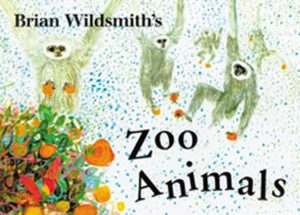Best Children's Books About Animals
Welcome to our blog that celebrates the wonderful world of animals through the pages of children’s books
In these carefully curated pages, we’ll dive into a menagerie of tales where furry, feathery, and scaly friends come to life.
These books not only entertain but also educate, teaching our little ones about the diverse creatures that share our planet.
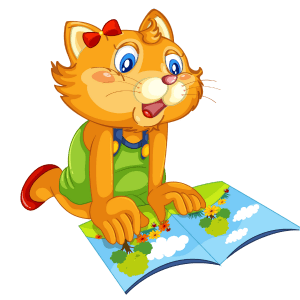
Categories We'll Cover
Responding to Your Questions
Why Are There So Many Animals in Children’s Literature?
Why Are Animal Books Good For Children?
How to Find the Best Children’s Books About Animals?
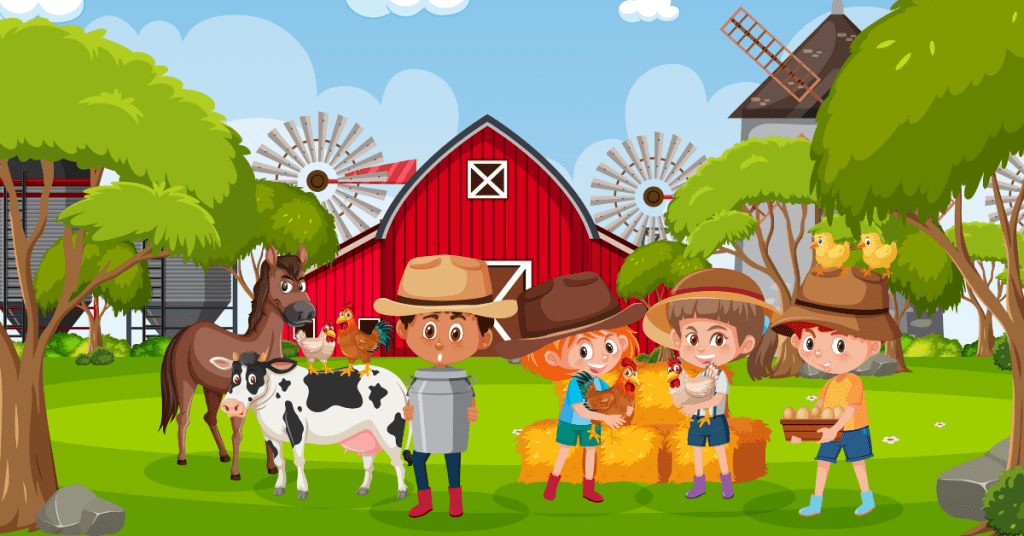
Farm animal books are a great way for children to learn about the animals that live on farms. These books can teach kids about where their food comes from and how animals are taken care of.
They also help children develop empathy and a better understanding of animals’ needs and behaviors. Reading about farm animals can be a fun and engaging way to spark a child’s curiosity about the world around them.
Recommendations by Go Best Books
1. Chicks and Salsa
“Chicks and Salsa” is a lively children’s book where farm chickens plan a funny feast of chips and salsa, illustrated by Paulette Bogan. Aaron Reynolds tells the hilarious story as the chickens prepare for a fiesta, but their spicy snack vanishes. With witty storytelling and vibrant artwork, the book teaches teamwork, surprises, and culinary creativity, making it perfect for family reading time.
Reading Age: 2 – 6
2. Big Chickens
“Big Chickens” is a delightful children’s book that promises laughter for kids and parents. Written by Leslie Helakoski, this tale follows plump chickens on a comical escapade. When they encounter a wolf, their adventure becomes uproarious, showing that unlikely heroes can triumph. Amidst the hilarity, the story teaches courage and teamwork, beautifully conveyed through Helakoski’s talent for blending humor and heart.
Reading Age: 2 – 6
3. Tyrannosaurus Rex vs. Edna the Very First Chicken
In an ancient forest teeming with dinosaurs, Edna the chicken stands up to a fearsome Tyrannosaurus Rex. Douglas Rees’ narrative celebrates bravery and resilience, with Jed Henry’s illustrations bringing prehistory to life. Edna’s story reminds us of unexpected courage and the strength of standing against bullies.
Reading Age: 4 – 8
4. Five Little Chicks (Classic Board Books)
“Five Little Chicks” takes readers on a charming adventure with five chicks seeking their morning meal. Nancy Tafuri’s vibrant illustrations and rhythmic text create an engaging counting lesson from one to five. As the chicks encounter surprising snacks, they captivate young minds while enhancing counting skills.
Reading Age: 1 – 4
Look closely at each book in our detailed blog.
Children's Books About Ocean Animals
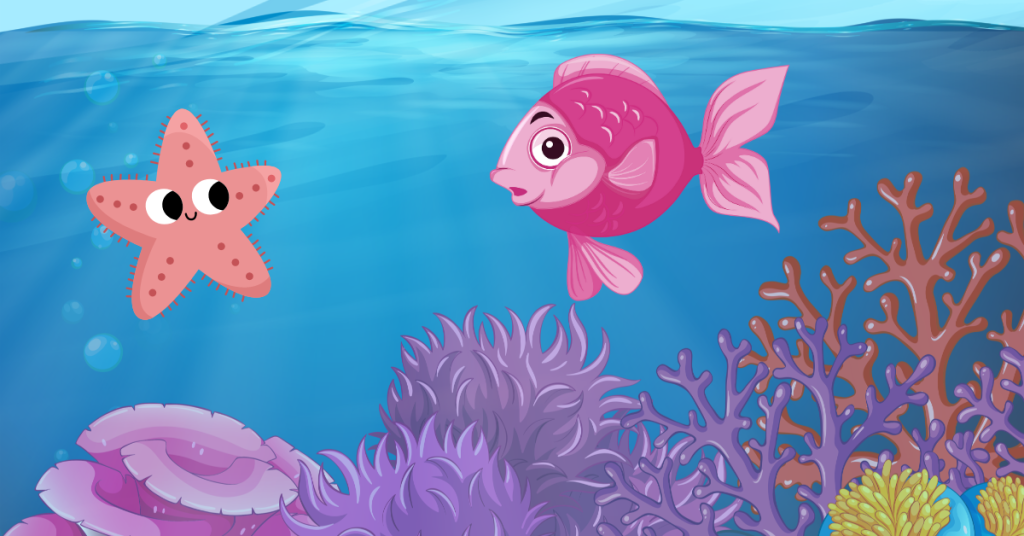
Ocean animal books introduce children to the fascinating creatures that live in the oceans. These books help kids discover the incredible diversity of marine life and the importance of preserving ocean ecosystems.
Learning about ocean animals can inspire a love for nature and a desire to protect our planet’s oceans for future generations.
Recommendations by Go Best Books
1. Hark! A Shark! All About Sharks
This book brings you along on a journey with the Cat in the Hat to discover various kinds of sharks. The book’s exciting energy, along with interesting shark facts, makes learning fun and memorable for kids.
Reading Age: 5 – 8
2. Mister Seahorse: board book (World of Eric Carle)
Join Mr. Seahorse in the ocean as he looks after his eggs. The special “peek-a-boo” pages make kids curious and add extra joy to reading. The bright pictures on the strong board book pages look real and are great for little hands to enjoy.
Reading Age: 2 -4
3. My Little Golden Book About Sharks
Prepare yourself for an adventure into the shark world with this book. Children will learn about various species, from the powerful great white to the enigmatic goblin shark, with lively descriptions that capture curious minds. It’s easy to grasp and full of captivating facts.
Reading Age: 2 -4
4. Hooray for Fish!
Come with Little Fish on a colorful sea journey to meet new fishy friends. The rhymes and pictures make this book lots of fun for kids. Whether it’s bedtime or playtime, “Hooray for Fish!” is a great choice. The simple story and bright pictures bring joy to both kids and parents. Lucy Cousins, known for her wonderful picture books, shows her talent in telling engaging stories that kids and parents love.
Reading Age: 1 – 3
5. Peanut Butter and Jellyfish
Dive deep into the ocean for a heartwarming adventure in “Peanut Butter and Jellyfish.” The story introduces us to Peanut Butter (a seahorse) and Jellyfish, best friends who explore their watery world with excitement. It’s all about friendship, bravery, and saying sorry.
Reading Age: 3 -7
Children's Books About Service Animals
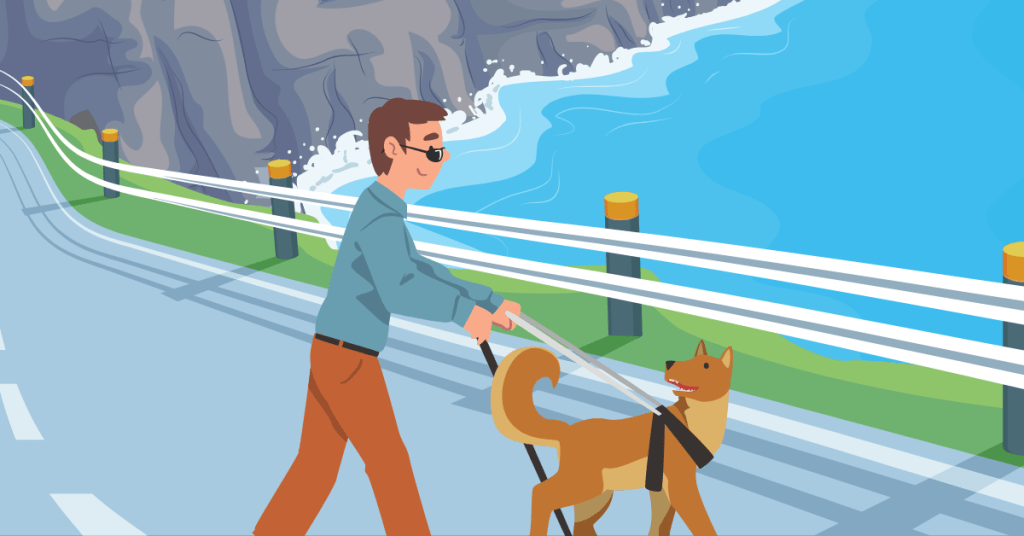
Service animal books teach children about the incredible bond between animals and humans. These books show how certain animals, such as guide dogs or therapy animals, help people with disabilities or emotional needs.
Reading about service animals can cultivate empathy, compassion, and an understanding of the diverse ways animals can make a positive impact on people’s lives.
Recommendations by Go Best Books
1. Rescue and Jessica: A Life-Changing Friendship
In this touching book, we follow the special connection between a black Labrador named Rescue and a spirited girl named Jessica. The story beautifully shows how they go from uncertainty to forming an inseparable team. With its enduring messages of strength and care, the book inspires kids to accept uniqueness, discover their own resilience, and spread warmth through acts of kindness.
Reading Age: 4 -8
2. Follow My Leader
Follow along in the book as we join Jimmy, a young boy who lost his sight in an accident, and his guide dog Leader, on their journey. The story shows how they overcome difficulties and the strong bond they share. The storytelling is straightforward but meaningful, allowing kids to fully understand Jimmy’s experiences, successes, and the special friendship he finds with Leader.
Reading Age: 8 – 12
3. My Buddy (Rise and Shine)
This heartwarming tale follows the friendship between a boy and his loyal canine companion, Buddy. It emphasizes inclusivity, independence, and the beauty of camaraderie.
Reading Age: 4 – 8
4. Our Service Dogs
Best for all ages of children
5. Sago, A Very Special Service Dog
Enter Debbie’s world, where her wheelchair transforms into a symbol of freedom, all thanks to her steadfast furry friend, Sago. Through simple yet touching words, this tale tells the heartwarming story of their strong connection. As you turn the pages, you’ll see the enchanting result of determination merging with kindness.
Best for all ages of children
Look closely at each book in our detailed blog.
Children's Books About Forest Animals

Forest animal books introduce children to the creatures that call forests their home. These books provide insights into the interconnectedness of forest ecosystems and the roles various animals play in maintaining the balance of nature.
Learning about forest animals can help children appreciate the beauty of these environments and understand the importance of preserving forests.
Recommendations by Go Best Books
1.Over in the Forest: Come and Take a Peek
It’s an enchanting book that offers children and parents a captivating journey through the forest. Through rhythmic storytelling and captivating illustrations, kids learn counting skills while discovering the lives of ten woodland animals. The interactive nature of the book engages children in imitating animal actions and counting their babies. It’s a gateway to understanding forest habitats and encourages literary exploration.
Reading Age: 3 – 8
2. Whose Tracks Are These? A Clue Book of Familiar Forest Animals
A Clue Book of Familiar Forest Animals” offers captivating clues and illustrations of forest animals’ pawprints. This interactive book fosters critical thinking as children become nature detectives, deciphering tracks and identifying animals. It’s a great tool for shared exploration, both indoors and outdoors.
Reading Age: 6 – 8
3. Who's in the Forest?
It offers a playful peek-a-boo experience. With charming rhymes and whimsical peepholes, children discover forest creatures like owls, woodpeckers, and bears. The book’s engaging format enhances imagination skills and fosters parent-child bonding.
Reading Age: 1 – 4
4. Forest Bright, Forest Night
This exciting book takes readers into the forest’s wonders, showcasing daytime and nighttime creatures. Through stunning illustrations and rhythmic text, children learn about the animals’ activities during different times. This captivating blend of storytelling and imagery encourages an appreciation for nature.
Reading Age: 4
5. Who Lives Here? Forest (Photoflaps)
It’s an interactive book that unveils the habitats of forest animals. With lifelike photographs and flaps to lift, children discover where beavers, foxes, raccoons, and frogs live. This tactile adventure fosters an understanding of diverse habitats and the interconnectedness of nature.
Reading Age: 1 – 3
Children's Books About Polar Animals
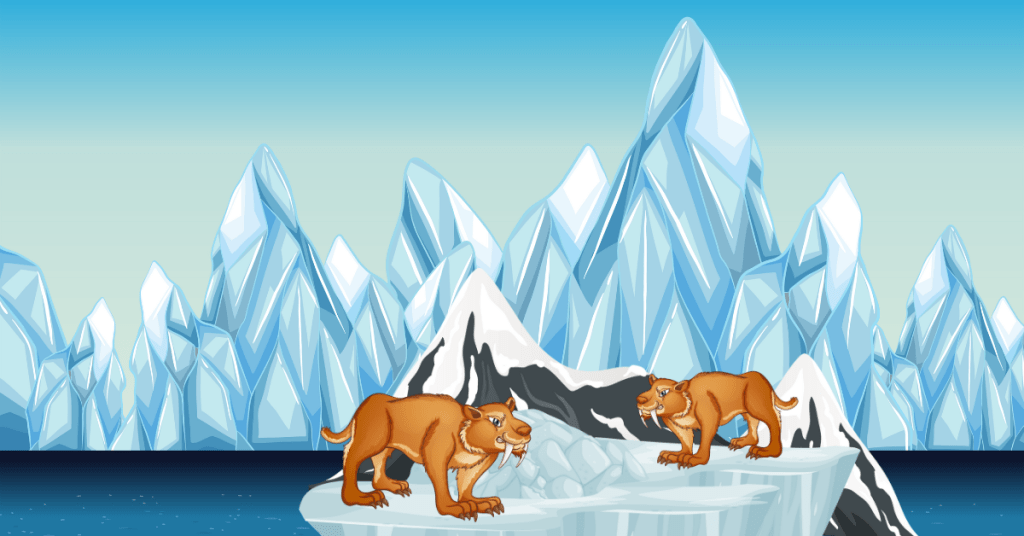
Forest animal books introduce children to the creatures that call forests their home. These books provide insights into the interconnectedness of forest ecosystems and the roles various animals play in maintaining the balance of nature.
Learning about forest animals can help children appreciate the beauty of these environments and understand the importance of preserving forests.
Recommendations by Go Best Books
1.Penguin Says "Please" (Hello Genius)
In this charming board book, part of the Hello Genius series, readers join Penguin on a captivating adventure to learn the magic word “please.” Through vibrant illustrations and simple text, the book is tailored to your child’s growing mind.
Reading Age: 1 – 3
2.Ten on the Sled
Experience laughter and friendship in “Ten on the Sled,” a delightful children’s book based on the song “Ten on the Bed.” The book invites children to join a group of adorable animals as they slide down a snowy hill on Caribou’s sled. Through twists and turns, they tumble off, leaving Caribou lonely. But as they realize sharing joy is best, they leap back on, giggling and wiggling.
Reading Age: 3 & up
3. Way Up in the Arctic
“Way Up in the Arctic” takes young readers on a counting adventure in the magical North Pole. Set to the tune of “Over in the Meadow,” the book introduces kids to Arctic animal families and their habitats. With hidden numbers to spot, children learn as they explore.
Reading Age: 4 – 8
4. Snow (Weather Basics)
Let’s discover the enchanting world of snow! Through captivating photos and simple text, the book introduces kids to the science behind snowfall. Designed for emergent readers, it aligns with educational standards, encouraging learning through curiosity.
Reading Age: 4 – 8
5. The Polar Bear and the Snow Cloud
Reading Age: 2 – 6
Children's Books About Zoo Animals
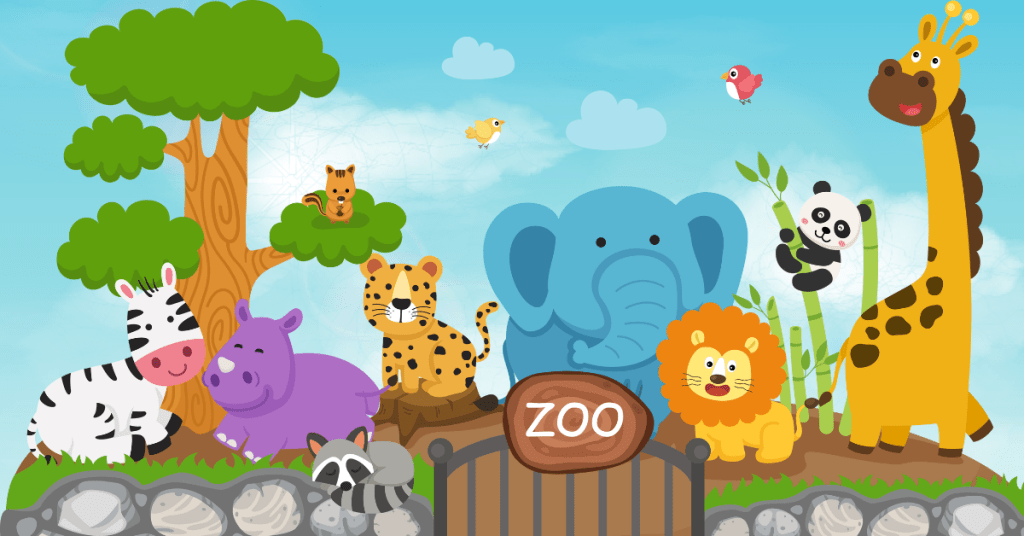
Zoo animal books provide children with an opportunity to learn about animals from around the world that they might not have a chance to see in person.
These books can foster curiosity about different species and their habitats. They also offer insights into the importance of ethical treatment and conservation of animals in captivity, sparking conversations about responsible interactions with wildlife.
Recommendations by Go Best Books
1. 1, 2, 3 to the Zoo
Embark on a magical train ride to the zoo with “1, 2, 3 to the Zoo” by Eric Carle. This heartwarming book introduces numbers, addition, and counting in a playful and captivating way. Through vibrant illustrations and joyful animals, young readers learn while having fun. The interactive elements and educational content make this book a cherished addition to any child’s library.
Reading Age: 1 – 4
2. Going to the Zoo
Experience a roaring adventure in “Going to the Zoo,” a lively book that brings Tom Paxton’s song to life. With rhythmic verses and vibrant illustrations, readers are immersed in a world where animals burst from the pages, creating a symphony of laughter and exploration. The inclusion of musical elements adds an interactive twist to storytime, making it perfect for young music enthusiasts.
Reading Age: 2 – 4
3. Animal Strike at the Zoo. It's True!
It’s a riotously adorable tale that blends animal antics with valuable life lessons. Animals at the zoo demand better treats and working conditions, sparking uproarious chaos. Through rhythmic prose and vibrant illustrations, this book teaches teamwork, empathy, and the importance of every role. It’s a heartwarming story that resonates with both children and parents.
Reading Age: 2 – 5
4. A Trip to the Zoo (DK Readers, Level 1)
Join Billy and Matt on a day filled with animal wonders in “A Trip to the Zoo.” This DK Reader offers an exciting discovery! With stunning photographs and engaging content, children explore the zoo through the eyes of the characters. The book’s multilevel reading program enhances reading skills while providing educational value.
Reading Age: 5 – 7
5. Zoo Animals
“Zoo Animals” by Brian Wildsmith is a captivating board book that introduces 28 diverse creatures from around the world. With enchanting illustrations and bite-sized facts, young readers explore the animal kingdom’s wonders. This book sparks curiosity, encourages learning, and makes for an engaging reading experience.
Reading Age: 2 – 4

Why Are There So Many Animals in Children's Literature?
Children’s literature is a rich and diverse genre that includes a wide range of stories and characters. One common and enduring element in children’s literature is the presence of animals. This phenomenon can be attributed to several factors we’ve shared.
1. Universal Appeal:
Animals have a universal appeal that transcends cultural and linguistic boundaries. Children are naturally curious about animals and are drawn to stories that feature these fascinating creatures.
2. Simplicity and Symbolism:
Animals can symbolize various qualities and emotions in a simple and easily understandable way. For instance, a brave lion or a wise owl can quickly convey certain traits to young readers without the need for lengthy explanations.
3. Learning Through Familiarity:
Children are often introduced to animals early in life. They see animals in their environment, on television, and in various forms of media. Incorporating animals into literature allows children to connect their existing knowledge and experiences with the stories they read.
4. Teaching Life Lessons:
Animal characters often serve as relatable vehicles for teaching children valuable life lessons. Through these characters’ experiences, children can learn about friendship, kindness, empathy, perseverance, and other important values.
5. Exploring Nature and Science:
Children’s literature featuring animals can also serve as an educational tool. These stories offer opportunities to explore nature, biology, and science in an engaging and accessible manner.
6. Cultural and Folkloric Roots:
Animals have played significant roles in cultural myths, folklore, and traditional stories around the world. Incorporating animals into children’s literature allows these cultural elements to be passed down to new generations.
7. Imagination and Fantasy:
Animals open the door to imaginative and fantastical storytelling. Writers can create magical worlds inhabited by talking animals, enabling young readers to explore realms beyond the ordinary.
8. Entertainment Value:
Animal characters often bring humor, adventure, and excitement to children’s stories. Their antics and interactions can be both entertaining and captivating for young readers.
9. Developmental Benefits:
Children’s literature featuring animals aligns with the developmental stages of young readers. These books help build early literacy skills, cognitive development, and emotional intelligence.
10. Cultural Continuity:
Many classic children’s stories, such as Aesop’s fables, feature animals as central characters. As a result, this tradition of including animals in children’s literature has been passed down through generations, creating a sense of continuity and familiarity.
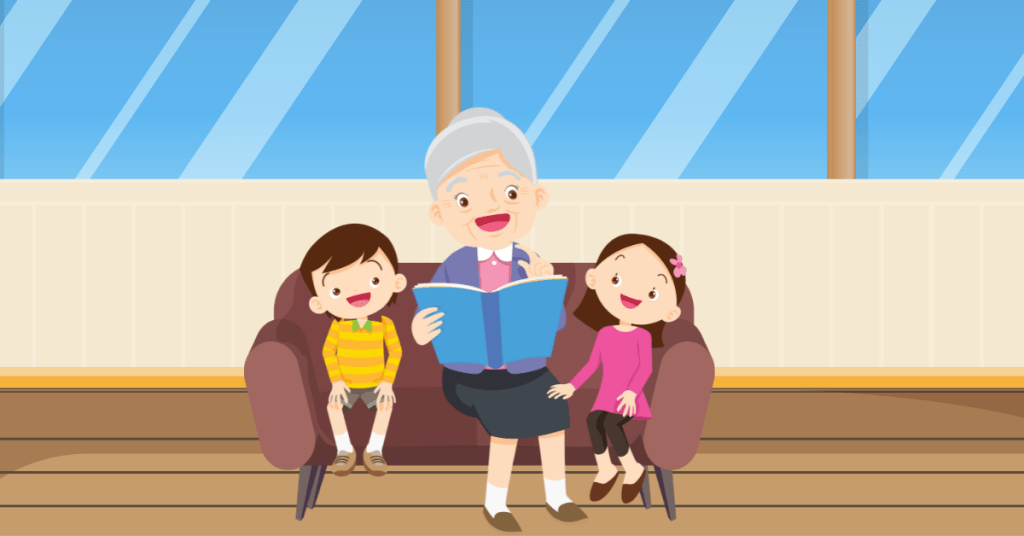
Why Are Animal Books Good For Children?
Animal books have long been a staple in children’s literature, and for good reason. These books offer numerous benefits that contribute to a child’s development and understanding of the world around them. See the list below to explore why animal books are considered so valuable for children.
1. Captivating and Relatable Stories:
Animal characters in books often have human-like qualities and emotions, making them relatable to children. These characters go on adventures, face challenges, and form friendships, providing young readers with captivating stories that keep them engaged.
2. Building Empathy:
Reading about animal characters experiencing different emotions and situations helps children develop empathy. As they connect with these characters, they learn to understand and care about the feelings of others, which is a crucial life skill.
3. Introduction to Diversity:
Animal books feature creatures from various habitats and regions, introducing children to the concept of biodiversity and the uniqueness of different species. This helps expand their knowledge of the natural world and fosters an appreciation for the Earth’s incredible diversity.
4. Learning About Nature:
Animal books often weave in factual information about the behaviors, habitats, and characteristics of animals. Through these books, children learn about different species, ecosystems, and the importance of conservation.
5. Language Development:
Reading animal books exposes children to new words, phrases, and sentence structures. This exposure enhances their vocabulary and language skills, which are essential for effective communication and future academic success.
6. Cultural Connections:
Many cultures incorporate animals into their stories, myths, and folklore. By reading animal books, children can gain insights into diverse cultural perspectives and traditions from around the world.
7. Imagination and Creativity:
Animal characters often exist in fantastical worlds, which encourages children to use their imagination and creativity. They can envision these worlds, invent scenarios, and even create their own stories based on the animal characters they encounter.
8. Moral Lessons:
Animal books frequently convey moral lessons and values through the actions and decisions of the characters. These stories provide children with opportunities to think about ethical dilemmas, right and wrong, and the consequences of their choices.
9. Development of Critical Thinking:
Analyzing the behavior and motivations of animal characters can help children develop critical thinking skills. They learn to identify cause-and-effect relationships and make predictions about the characters’ actions.
10. Early Reading Comprehension:
Animal books are often designed with clear storylines and easily distinguishable characters. This makes them suitable for early readers who are just starting to build their reading comprehension skills.

How to Find the Best Children’s Books About Animals?
On your single search for children’s books about animals, Google shows uncountable options. But that makes the process challenging. You find it hard to determine which one is ideal for you. Here are the ten straightforward points to resolve the problem.
- 1. Engaging Illustrations:
Kids are drawn to vibrant, eye-catching illustrations. Look for books with colorful and detailed pictures of animals. The illustrations should be clear, capturing each animal’s unique features in a way that sparks curiosity and imagination.
- 2. Age-Appropriate Content:
Consider your child’s age and reading level. Opt for books with simple and relatable stories for younger kids, and more detailed information for older ones. Interactive elements like lift-the-flaps or touch-and-feel textures can also enhance the reading experience for toddlers.
- 3. Accurate Information:
If you’re looking for educational value, ensure the information in the book is accurate and up-to-date. Look for books that provide interesting facts about the animals’ behaviors, habitats, and characteristics. Learning while having fun is a win-win!
- 4. Variety of Animals:
Children’s curiosity knows no bounds, so choose books that feature a variety of animals from different habitats. This way, your child can learn about creatures they might not have encountered before, broadening their understanding of the animal kingdom.
- 5. Narrative Appeal:
A compelling storyline or a relatable character can make a big difference. Books that weave in themes of friendship, kindness, or problem-solving through animal characters can be both entertaining and enlightening for kids.
- 6. Interactive Elements:
Interactive books like pop-ups, flaps, and textures can make the reading experience more immersive and exciting. These elements encourage kids to actively engage with the book and keep their interest alive.
- 7. Repetitive and Predictable Text:
For younger children, repetitive and predictable text can be engaging. They can anticipate what comes next in the story, making it easier for them to follow along and participate in the reading process.
- 8. Award-Winning Titles:
Award-winning books often come with a seal of approval from experts in children’s literature. Look for books that have received recognition from organizations like the Caldecott Medal or the Newbery Medal.
- 9. Recommendations and Reviews:
Don’t hesitate to ask for recommendations from friends, family, or online parenting communities. Reading reviews can also give you insights into the book’s appeal and educational value.
- 10. Personal Connection:
Finally, consider your child’s interests and preferences. If they’re fascinated by a specific animal or have a favorite type of story, cater to those interests to make the reading experience even more enjoyable.
Discover a detailed guide to buying the best children’s books about animals on our blog.
Best of luck on Your Journey With Cozy Animals

Alright folks, we’ve completed our thorough exploration of children’s books about animals. Keep in mind, picking out children’s books can be tricky, but with a few key points in mind, you can find the right fit. Since we’ve presented books in various animal categories, you can now select a book based on what your child likes. Good luck!





